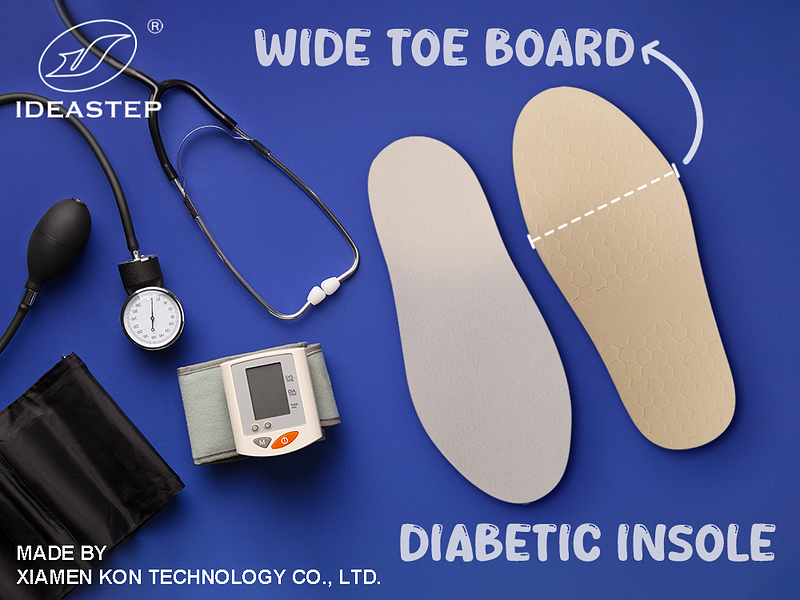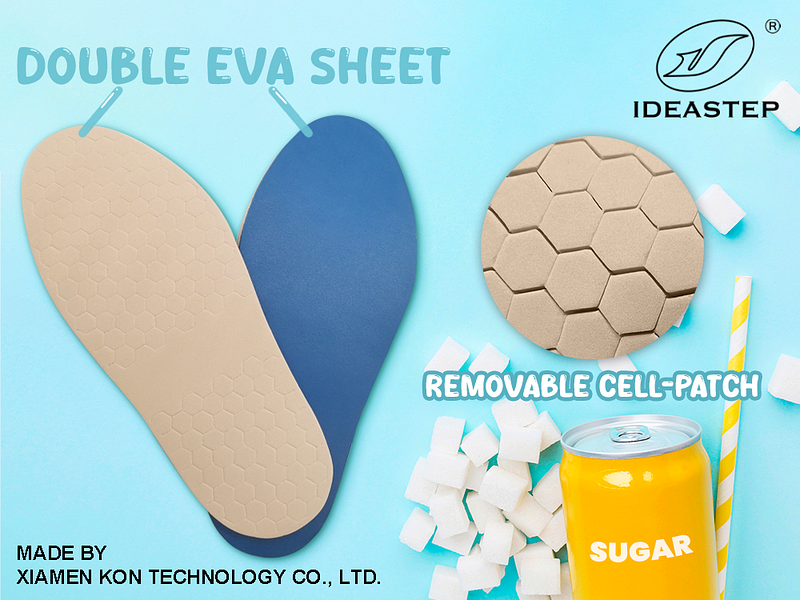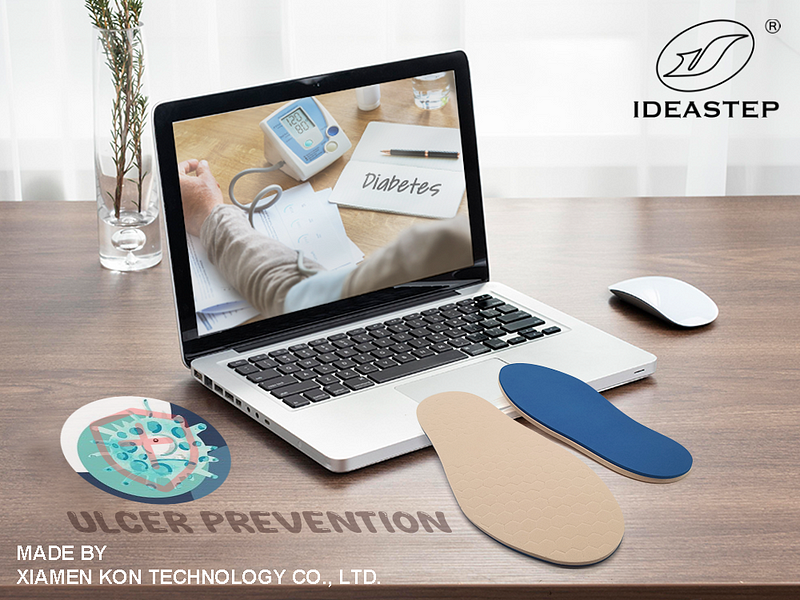Summary: Free Shoes for Diabetics under Medicare
Diabetes can be devastating for foot health, increasing the risk of nerve damage, circulation issues, and foot ulcers. Fortunately, Medicare offers a little-known benefit called the therapeutic shoe bill to aid diabetics in managing these challenges.
Who qualifies?
Most patients with diabetes automatically qualify for footwear and inserts under Medicare, including those with diagnosed diabetes, peripheral neuropathy, sensory loss in the feet, and foot deformities that affect mobility.
What does Medicare cover?
Medicare covers one pair of shoes and three inserts per year. The shoes must be specially designed for foot problems and made of durable materials. Inserts can help to improve cushioning, support the arch, and reduce pressure on sensitive areas of the foot.
How to obtain your free shoes:
Consult your doctor or podiatrist to confirm your eligibility and get a prescription. Take the prescription to a Medicare-approved vendor to receive your free shoes.
Additional options:
Private insurance, charity programs, and local initiatives may also offer support for diabetic footwear.

Free Shoes for Diabetics: A Valuable Benefit Under Medicare
Diabetes can significantly impact the health of your feet, increasing the risk of complications like nerve damage, circulation issues, and foot ulcers. Fortunately, Medicare offers a valuable benefit to help diabetics manage these challenges: the therapeutic shoe bill.
Who qualifies for the therapeutic shoe bill?
Most patients with diabetes automatically qualify for footwear and inserts under Medicare. This includes individuals with:
- Diagnosed diabetes
- Peripheral neuropathy (nerve damage affecting the feet)
- Sensory loss in the feet
- Foot deformities that affect mobility
What does Medicare cover?
Medicare covers one pair of shoes and three inserts per year under the therapeutic shoe bill. The shoes must be:
- Specifically designed to accommodate foot problems
- Made of durable materials that can withstand daily wear
- Available in a variety of widths and sizes to ensure a comfortable fit

Inserts can help to:
- Improve cushioning
- Support the arch
- Reduce pressure on sensitive areas of the foot
How to obtain your free shoes:
- Consult with your doctor or podiatrist to determine your eligibility for the program.
- Obtain a prescription from your doctor specifying the type and size of shoes and inserts you need.
- Take the prescription to a Medicare-approved vendor.
Additional options:
- Some private insurance plans may also cover the cost of therapeutic shoes. Check with your insurance provider for more information.
- Some charitable organizations and local programs may offer free or discounted shoes to diabetics.
Benefits of receiving free shoes:
- Improved foot health and reduced risk of complications
- Increased mobility and independence
- Enhanced quality of life for diabetics

Conclusion:
The therapeutic shoe bill is a valuable Medicare benefit that can significantly impact the lives of diabetics. By taking advantage of this program, individuals with diabetes can obtain the necessary footwear and inserts to maintain foot health, prevent complications, and live more comfortably.
FAQ
1. Who qualifies for the therapeutic shoe bill?
Answer: Most patients with diabetes automatically qualify for footwear and inserts under Medicare. This includes individuals with diagnosed diabetes, peripheral neuropathy, sensory loss in the feet, and foot deformities that affect mobility.
2. What types of shoes are covered by Medicare?
Answer: Medicare covers shoes specifically designed to accommodate foot problems, made of durable materials and available in various widths and sizes.
3. What is the benefit of inserts?
Answer: Inserts can improve cushioning, support the arch, and reduce pressure on sensitive areas of the foot.
4. How do I obtain my free shoes?
Answer: Consult with your doctor or podiatrist, obtain a prescription, and take it to a Medicare-approved vendor.
5. Are there any other options for obtaining free shoes?
Answer: Private insurance plans or charitable organizations may offer coverage or discounts. Check with your insurance provider or local programs for more information.
6. What are the benefits of receiving free shoes?
Answer: Improved foot health, reduced risk of complications, increased mobility and independence, and enhanced quality of life for diabetics.
